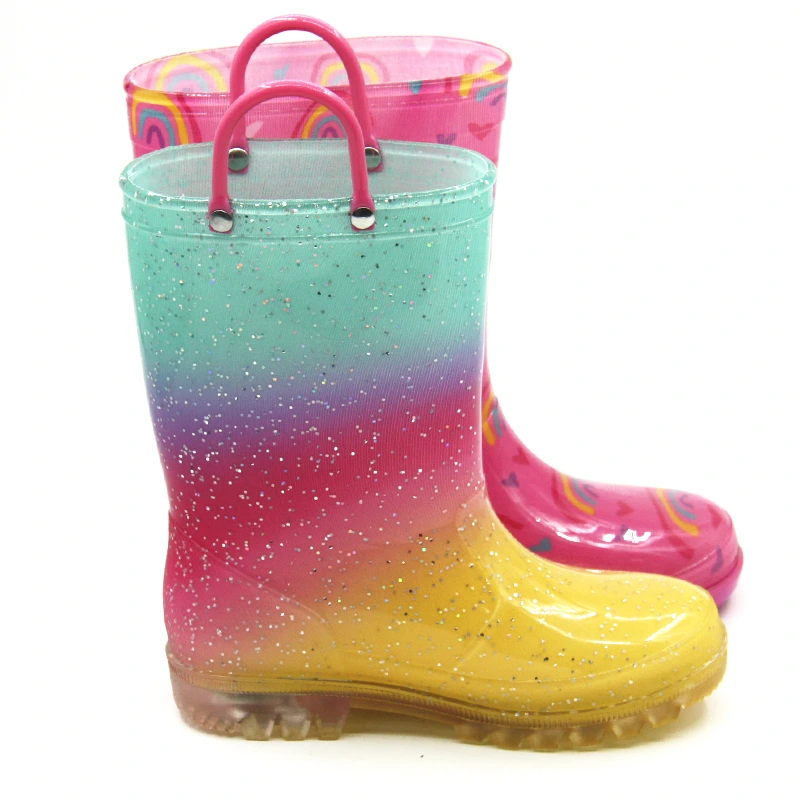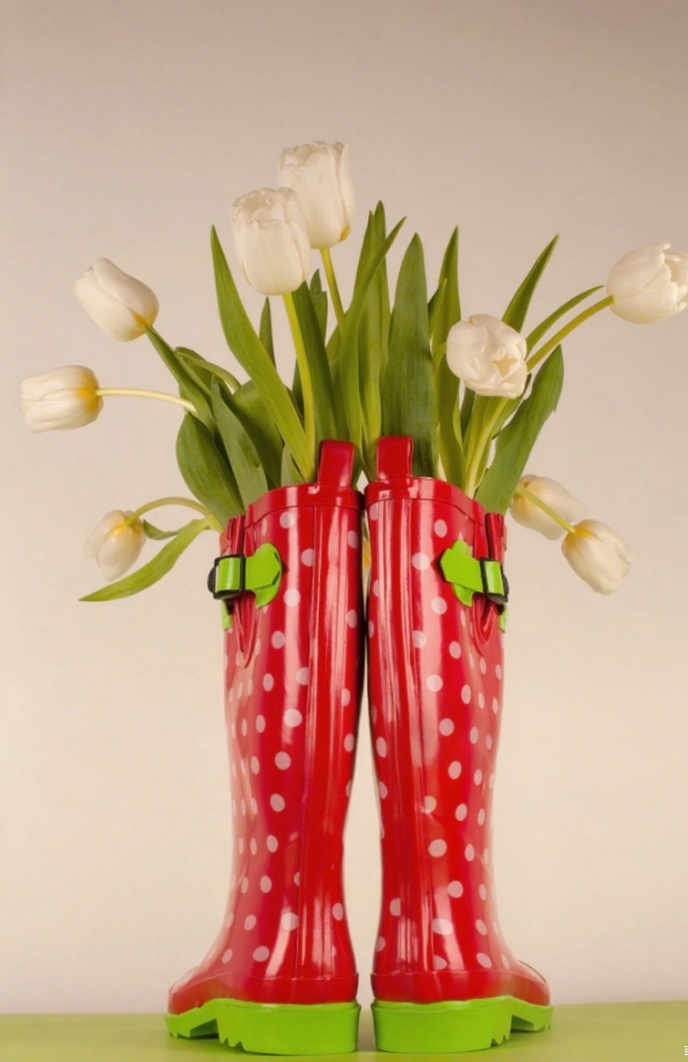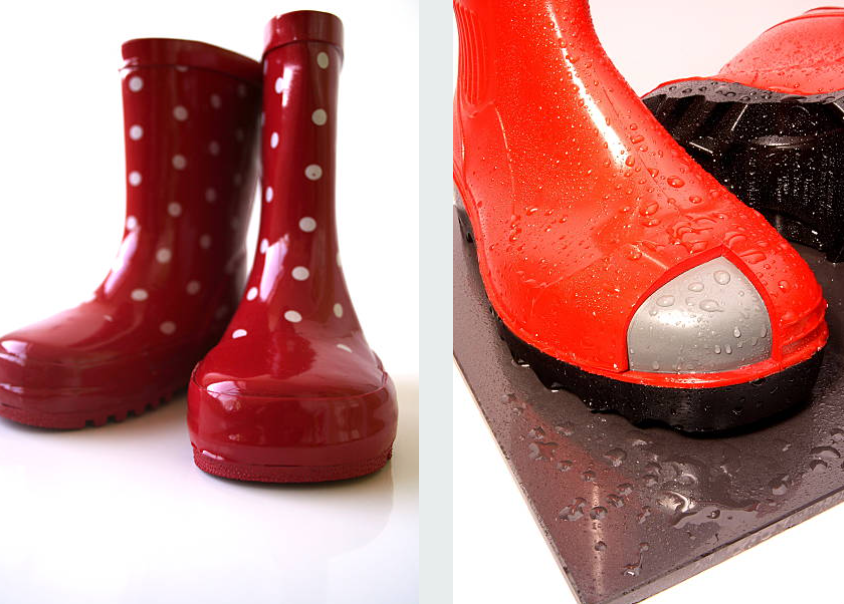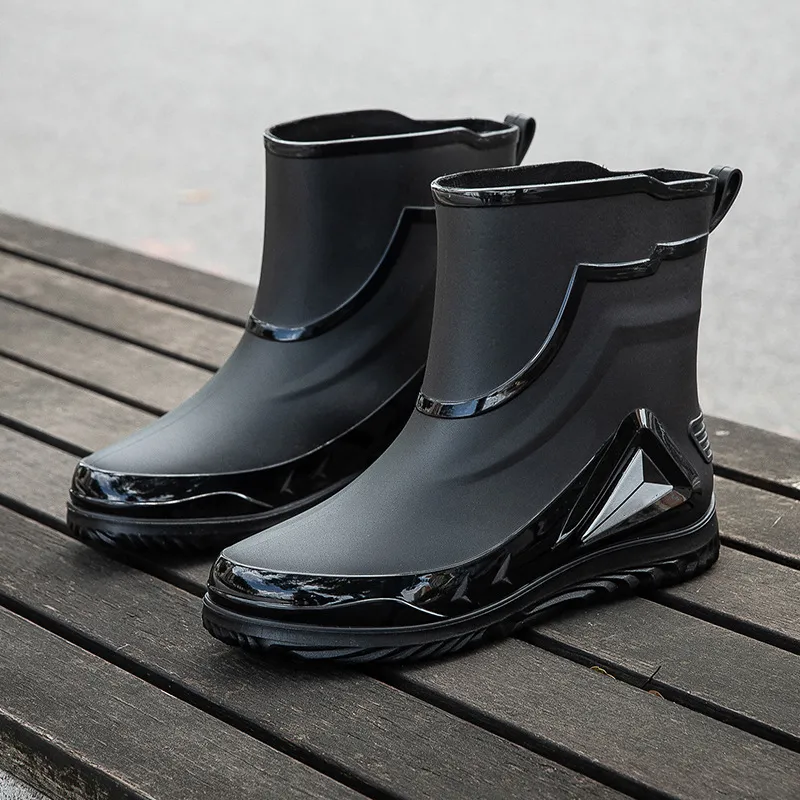What Are PVC Rain Boots and Why Choose Them?
What Are PVC Rain Boots?
PVC rain boots are special waterproof shoes. They are made mostly from Polyvinyl chloride, or PVC. This is a man-made plastic. It’s known for being tough and water-tight. These boots keep feet dry from rain, mud, and other outdoor stuff. They work great in wet or messy places. PVC rain boots don’t let water in. They often have no seams to stop leaks. They come in many styles. Some are short, some reach the knee, and some are strong work boots. These fit different needs, from daily use to heavy jobs.

What Is the History of PVC Rain Boots?
Rain boots have a long past. They go back hundreds of years. Modern rain boots started in the early 1800s. The Duke of Wellington made leather boots popular. These were good for battlefields. Later, they were called Wellington boots. In 1839, Charles Goodyear invented vulcanized rubber. This changed waterproof shoes. It made them stronger and comfier.
By the mid-1900s, PVC became a new choice for rain boots. It was cheap and easy to make. This made it more popular than natural rubber. Makers could create good waterproof shoes at lower prices. This made them common for everyday wear, not just special tasks. Today, PVC rain boots are used in cities and countryside alike.

How Are PVC Rain Boots Made?
Making PVC rain boots takes careful steps:
- PVC Resin Creation: Polyvinyl chloride is made through a process called P This forms tiny resin bits.
- Mixing: The resin gets blended with stuff like plasticizers. These make it bendy. Pigments add color.
- Shaping: Using methods like injection molding or extrusion, the mixed PVC forms boot parts. These include soles and tops.
- Joining: The sole and top parts are stuck together. Heat welding or glue makes a smooth, leak-free finish.
- Final Touches and Checks: Extras like pull-tabs or linings are added. Then, strict quality tests are done.
This process makes sure the boots are strong, water-tight, and useful. It also allows making lots of boots at low costs.
What Types of PVC Rain Boots Are Available?
PVC rain boots come in many kinds. Each suits different needs:
- Ankle Boots: Small and light. They’re great for light rain or city use.
- Knee-High Boots: Cover more. They protect well. Farmers and builders often use them.
- Reinforced Work Boots: Have steel toes or extra strength. They’re for tough jobs.
- Pretty Designs: Clear or bright styles. These look nice and work well.
- Kids’ Boots: Smaller sizes with fun patterns. They’re made just for children.
Each type meets specific user wants. They work in many settings.

What Are the Benefits of PVC Rain Boots?
PVC rain boots have lots of perks. These make them a top choice:
- Waterproof: They keep feet dry, even in big rains. Water can’t get in.
- Toughness: They resist damage. They handle rough conditions well.
- Cheap: They cost less than natural rubber boots. This is due to low making costs.
- Light Build: They’re easy to wear for a long time. They don’t make feet tired.
- Simple Cleaning: Just rinse with water after use. Cleaning is easy.
These traits make PVC rain boots good for many tasks. They work for casual wear or tough jobs.
What Are the Drawbacks of PVC Rain Boots?
PVC rain boots have some downsides:
- Nature Concerns: They don’t break down naturally. They add to plastic waste if not recycled right.The production of PVC may release harmful substances, and it is difficult to naturally degrade. If improperly recycled, it can cause plastic pollution.
- No Air Flow: Long wear can make feet sweaty. This feels uncomfortable.
- Stiffness: They’re strong but less bendy than natural rubber boots.
- Weak in Extreme Weather: High heat or some chemicals can harm them over time.
These points should be thought about when picking PVC rain boots for certain uses.
Where Can PVC Rain Boots Be Used?
PVC rain boots are super flexible. They work in many places. City tasks like walking to work or running errands in rain are perfect. Their water-tight nature and light build help. They’re also key for outdoor jobs. These include gardening, hiking, or fishing. They protect from mud and water.
In work settings, PVC rain boots offer safety and strength. Farmers, builders, fishermen, and food processing workers use them. Many models have extras like steel toes. These meet job safety rules.
For fun, stylish PVC rain boots are a hit at music festivals or park trips. They mix usefulness with good looks. Kids’ versions have playful designs. These are great for school or play in wet weather. The flexibility of PVC rain boots makes them a must-have in many situations.

How to Clean and Maintain PVC Rain Boots?
Good care makes PVC rain boots last longer. It keeps them working well. Cleaning is simple. Rinse boots with water after use. This removes mud and dirt. For tough spots, use mild soap and a soft brush. Don’t use harsh chemicals. They can hurt the PVC.
After cleaning, let boots air-dry naturally. Keep them away from heaters or dryers. Heat can warp or crack them. Store them in a cool, dry spot. Avoid sunlight to stop material damage. Use breathable bags or their original box. This keeps their shape.
Check boots often for wear or damage. Look at soles and seams. These could let water in if broken. Apply water-blocking sprays or waxes as needed. This boosts protection. These easy steps ensure PVC rain boots stay strong for a long time.
How Do PVC Rain Boots Compare to Other Materials?
PVC rain boots are often compared to boots made of natural rubber or neoprene. PVC is usually cheaper. Its low making costs help. It offers great water-blocking and toughness against scrapes and holes. But it doesn’t let air flow like natural rubber. This can make feet uncomfortable in warm weather.
Natural rubber is bendier and comfier. But it costs more. Neoprene gives better warmth and flexibility. Yet, it’s pricier than PVC. Compared to other man-made materials like Polyurethane, PVC is more budget-friendly. But it may not hold up as well in extreme conditions.
Each material has its own strengths. PVC shines for affordability and usefulness in general tasks.
What Are the Current Trends in PVC Rain Boots?
The market for PVC rain boots keeps changing. People’s tastes and new tech drive this. Eco-friendliness is a big trend,environmental sustainability has become an important trend. Although the environmental friendliness of PVC itself is questionable, some brands still attempt to use recycled materials or improve their production processes.. Makers try greener ways, even though PVC is tough on nature. Some use recycled materials in their boots.
Pretty designs are popular with younger folks. Clear or bright styles add style while staying useful. Useful upgrades are also in demand. These include better grip soles, warm linings for cold weather, and comfy shapes. They meet comfort and performance needs.
These trends show the industry’s work to balance looks, eco-care, and usefulness. They meet varied customer wants.
Where to Buy PVC Rain Boots: Trendy Boot
Handan Trendy Boot and Textile Co., Ltd. is based in Hebei Province, North China. They make top-quality PVC rain boots for men, women, and kids. Started in 1958, this factory once served local markets. Now, it supplies over 50 countries. With six production lines, they make 5,000 pairs daily.
Trendy Boot offers custom services. Brands can get unique designs to fit their needs. Customers pick materials, colors, patterns, and logos. Contact them at yori@wellies.cn or WhatsApp +86-18633619747 for questions.
FAQ
Are PVC rain boots suitable for cold weather?
Yes, some models have warm linings. These provide coziness in cold months. They work well in winter with thick socks.
Can I recycle old PVC rain boots?
Recycling is tricky due to PVC’s makeup. But some makers use recycled rubber in new boots. Check local recycling centers for rules.
What makes Trendy Boot’s products stand out?
Their quadruple-guaranteed approach ensures quality, eco-care, new tech, and trusty service.









